Everyone must have heard of the term “drone” or “drone,” which is an increasingly common way of referring to the usually small, helicopter-like devices that millions of people around the world can easily access and control. However, there are a bunch of other terms used to describe it, which can make things a little confusing.
It seems a bit strange to use the word “drone” not only to refer to a small, $ 30 aircraft that a child can control, but also to describe a high-tech weapon of 10 million dollars used on the battlefield. These devices don’t exactly serve the same purpose, so why don’t they have different names?
For starters, every drone is a drone but not every drone is a drone. But if you are still confused, you have the right!
Before we dig deeper, it’s worth noting that, as drones become increasingly popular, some of these definitions are likely to change in the future as the Federal Aviation Administration finally settles on more specific terms. This is not a bad thing, as “dron” is a term so comprehensive that it is difficult for people in various industries to agree on a specific definition of it. But for now, here is a brief explanation of the two most important terms to help you understand what they mean and what difference, if any, between them:
Drones
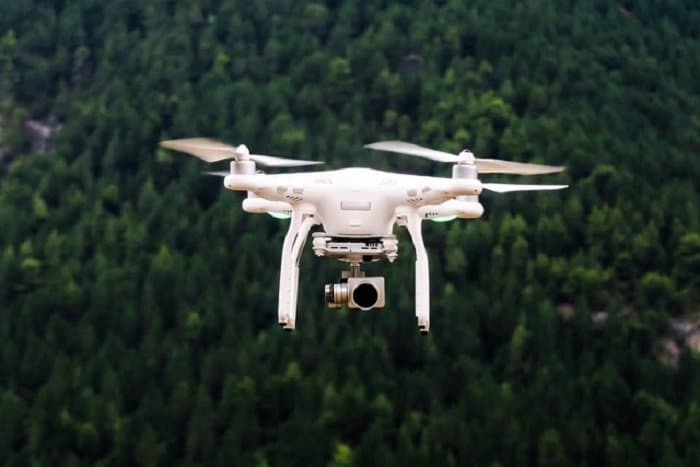
Meanwhile, the term “drone” leads most people to think of a “drone that can fly autonomously – that is, without human control.” It can actually be used to describe a variety of compounds. For example, there are marine craft such as submarines or autonomous land vehicles that also count within the specific definition of a dron.
Of course, the more common usage of the term refers to an aircraft that can be steered remotely or autonomously. Unfortunately, the one thing most experts can agree on with this term is that the drone will not have a pilot in it.
Unmanned aerial vehicles UAV
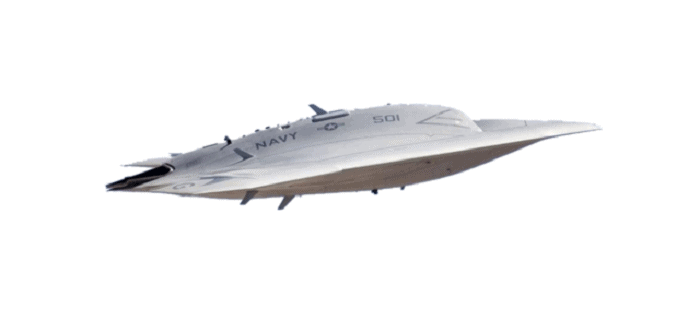
They are unmanned aerial vehicles that are able to fly remotely via a controller or tablet device or independently. So, it’s like a drone, right? Well basically yes. The two terms are often used interchangeably. Currently, drones appear to have triumphed due to their use in the media, films and television. So if you use the same terminology in public, it is likely that no one will reproach you unless they consider that UAVs are not drones and this is not entirely true.
However, many industry professionals believe that drones have autonomous flight capabilities, while drones are entirely dependent on humans. Therefore, all drones are drones, but the opposite is not permissible. But for now, you can use the phrase that works best for you.
Here and in this article, we will list the ten best combat drones in the world for you based on the payload capacity and the weapons on board.
TA ANKA Turkish
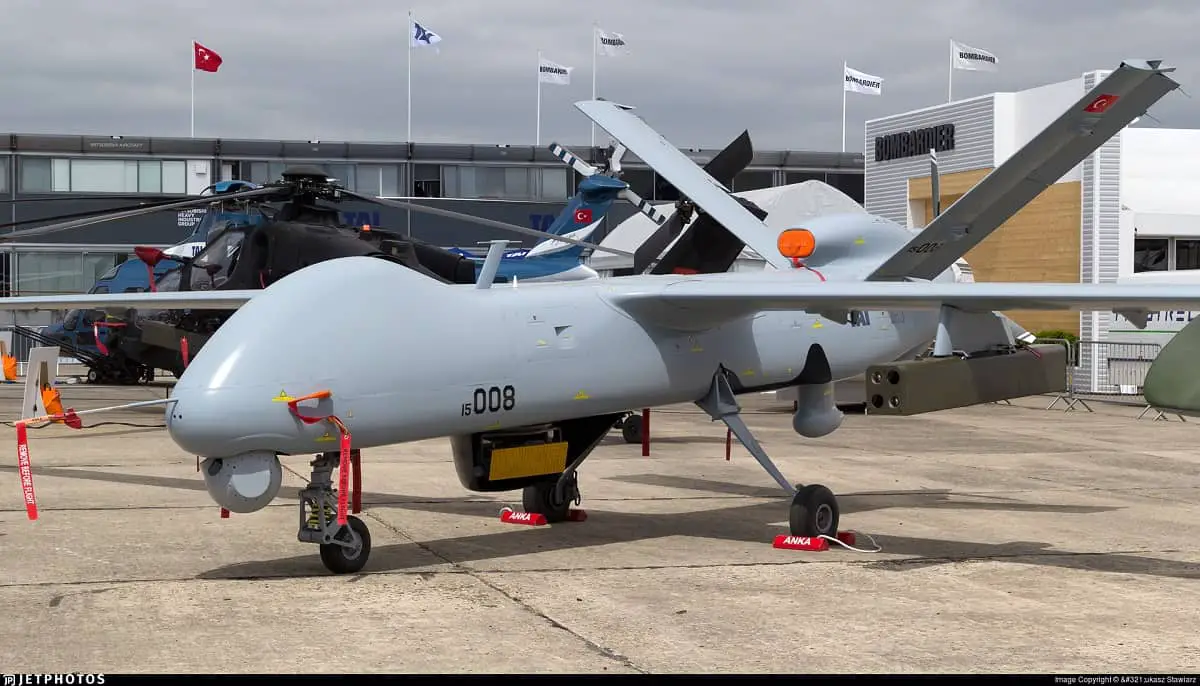
The Anka drone has been working with the Turkish Air Force since 2017. It was developed by the Turkish Aerospace Industries Company (TAI), and is designed to meet the requirements for reconnaissance, surveillance, target recognition and detection for the benefit of the Turkish Armed Forces.
Anka has a total payload of about 200 kg, which includes IFF, a laser detector, a laser detector, and weapons payloads such as MAM-L laser-guided bombs from the Turkish company Rokestan, a rocket launcher and a CIRIT 2.75in Laser oriented.
This combat drone is powered by a 150hp PD170 turbocharged engine developed by TEI. The maximum takeoff weight is 1600 kg, the maximum altitude is 9 km, and it can stay in the air for more than 24 hours. The name of the plane means in Arabic the phoenix, which is a synonym for the kunrel in Turkish mythology.
MQ-5B Hunter
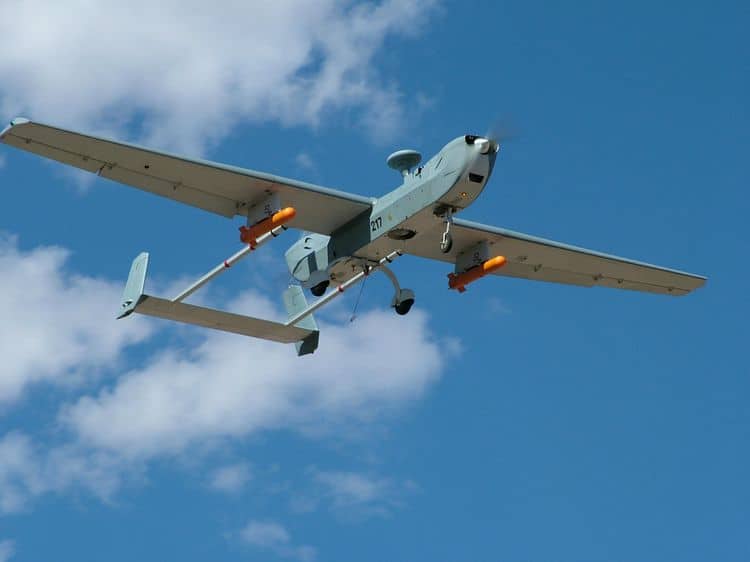
Designed and developed by the global US company Northrop Grumman, the multi-mission MQ-5B Hunter aircraft has been in operation with the US Armed Forces for the past two decades, and it works to meet all standards set by the US Department of Defense.
This drone is capable of carrying a total payload of 226.8 kg. It can also include various sensors such as EO, infrared, and communication systems, as well as external weapons such as laser-guided bombs.
The MQ5B Hunter is powered by a heavy fuel engine, has a maximum takeoff weight of 884.50 kg and a maximum height of 5.5 km. This aircraft can reach a top speed of 120 kilometers per hour and stay in the air for 21 hours. There is a larger version called the MQ-5C e-Hunter that is able to stay in the air for up to 30 hours.
CAIG Wing Loong II
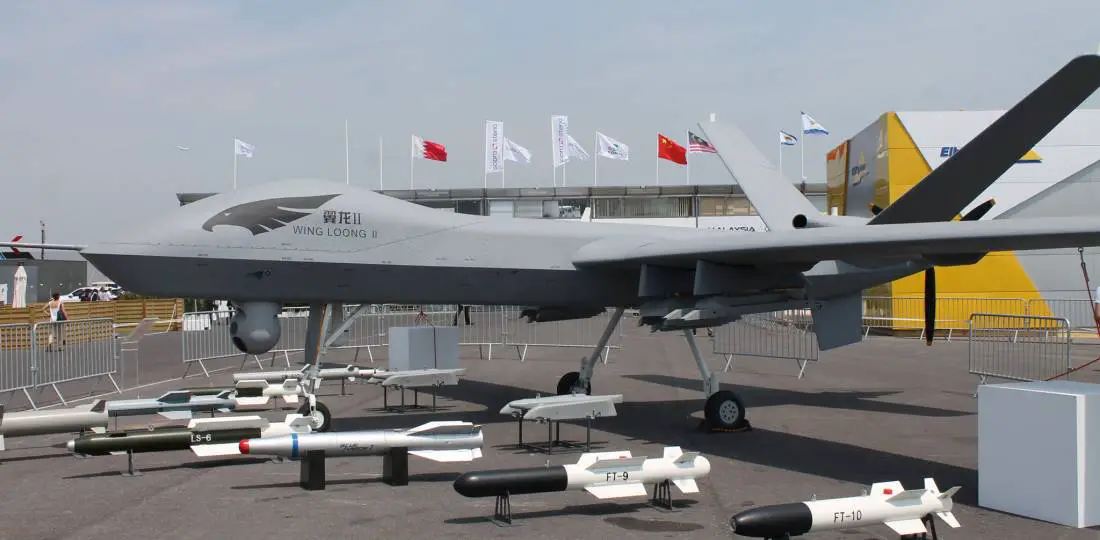
The Wing Loong II unmanned aerial vehicle, designed and developed by AVIC, is the advanced version of the older Wing Loong I aircraft. This aircraft serves the People’s Liberation Army Air Force (PLAAF).
Designed for surveillance, reconnaissance and air strikes, this aircraft can carry external weapons up to a maximum of 480 kg. It can carry up to 12 bombs or laser guided missiles, including FT-9/50 bombs, GB3 250kg laser-guided bombs, as well as TL-10 anti-ship missiles.
This long-range medium-altitude MALE aircraft can withstand 32 hours in the air while sailing at a top speed of 199 km. It has a maximum takeoff weight of 4,200 kg and a ceiling height of approximately 10 km.
The MQ-1C Gray Eagle
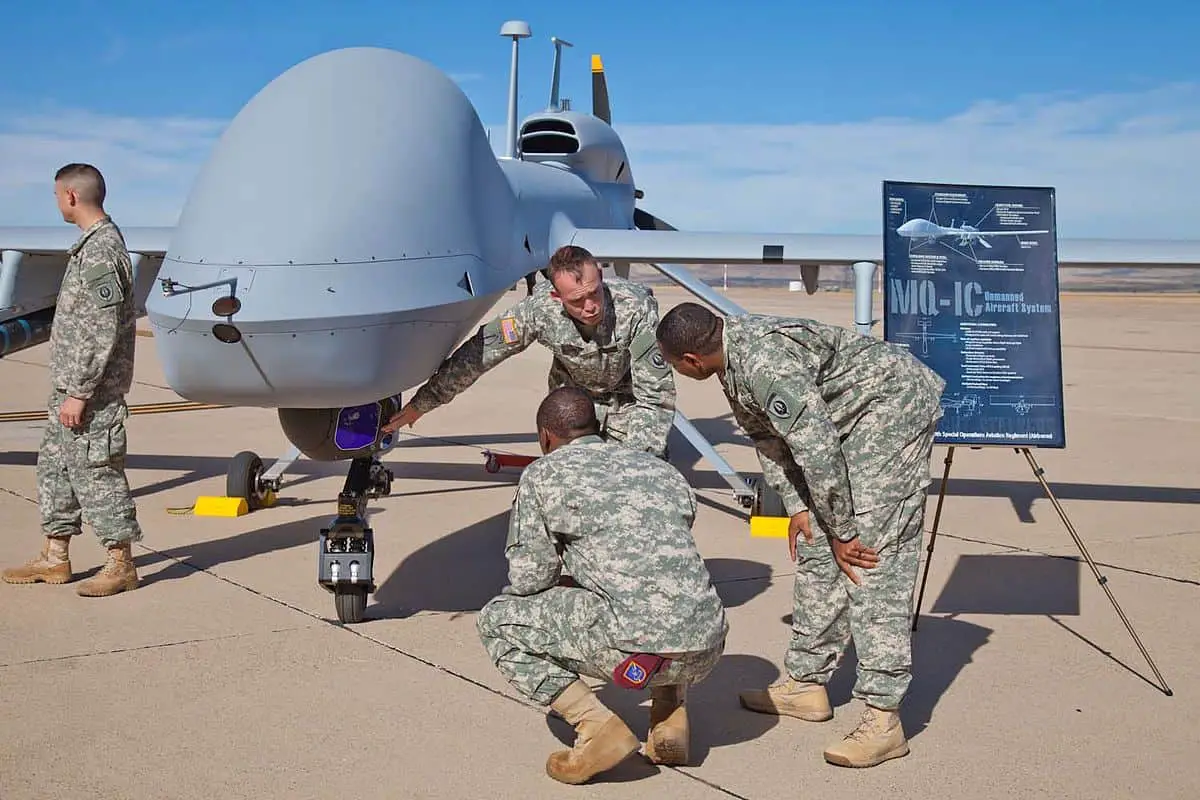
The MQ-1C Gray Eagle was developed as part of a plan to modernize the US Army’s aviation capabilities in 2004. The aircraft was designed by GA-ASI General Atomics Aviation Systems, and is specifically used to meet RSTA reconnaissance, surveillance, and acquisition requirements.
This system is designed to carry a total load of 488 kg, while the weight after full refueling and the external payload is 261 kg and 227 kg, respectively. The combat version of the aircraft can carry four Hellfire missiles. Other payload types include EO / IR sensors, synthetic aperture radar, and communication broadcast sensors.
Powered by a heavy-duty Thielert 165 HP engine, the MQ-1C Gray Eagle has a maximum takeoff weight of around 1,600 kg. The maximum permissible altitude and maximum speed of the aircraft are 8,800 meters and 167 kilometers, respectively. The regular version has a maximum endurance of 25 hours while the long range version offers a durability of 40 hours.
A Yabhun United 40 plane
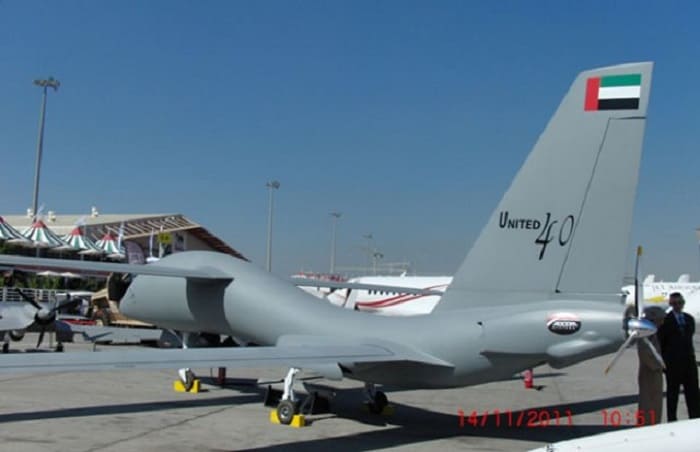
The Yabhon United 40 MALE, also known as Smart Eye 2, was designed by UAE-based ADCOM Systems. The plane is currently working with the Algerian forces and locally called Algeria 54.
This multi-mission drone is capable of lifting a maximum payload of up to 1,000 kg, and includes sensors and surveillance systems such as camera platforms, SAR and sonar. This strategic drone features four mounting points under the wing to carry ammunition weighing up to 400 kg. The aircraft also has a place to mount an additional external payload near the belly of the fuselage.
Powered by a hybrid electric turboprop system, the aircraft can reach a top speed of 118 kilometers per hour and can stay in the air for 120 hours. The maximum allowable take-off weight of the aircraft is 1500 kg.
The CH-5
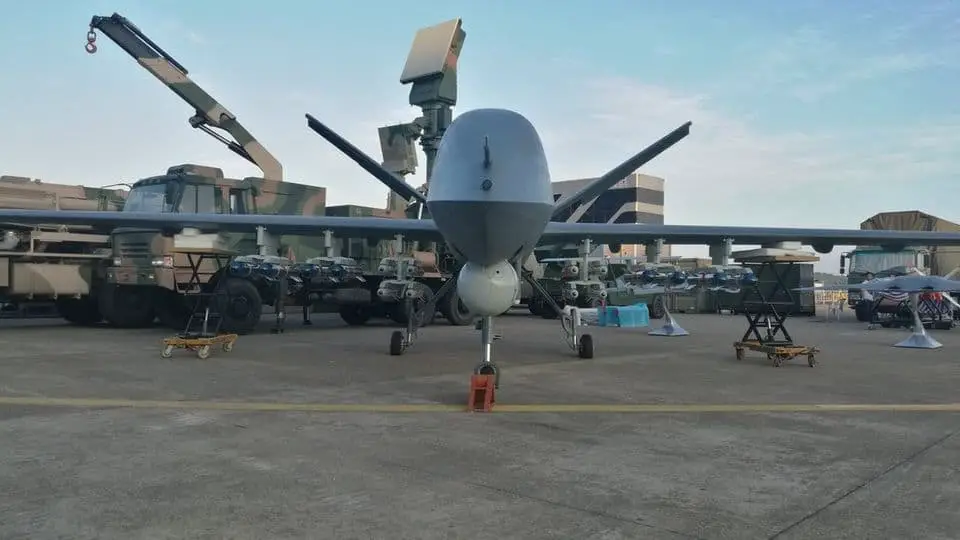
The CH-5 UAV, also known as the Rainbow UAV, was designed and developed by CASC. This drone was first introduced in November 2016 and is similar to the US MQ-9 Reaper.
These drones are capable of carrying out combat, reconnaissance, surveillance, and patrol missions in addition to identifying target locations. Its maximum takeoff weight is 3,300 kg and its payload capacity is 1,200 kg. The suspension points on each wing can be attached to a quad-beam of AR-2 SAL anti-armor guided missiles and two packages of AR-1 SAL missiles.
Powered by a single engine, 330 horsepower, it can reach a speed of 118 kilometers per hour and provide an endurance of up to 60 hours.
The Predator B, also known as the MQ-9 Reaper
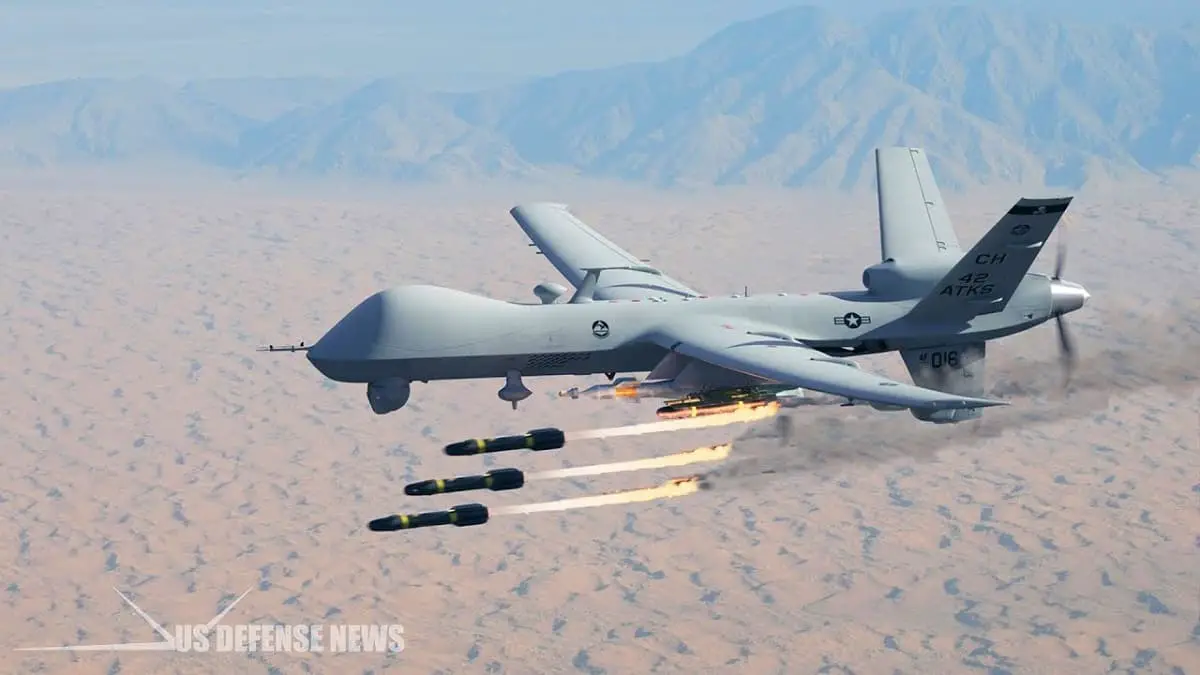
Predator B or MQ-9 Reaper UAVs are in service with the US Air Force, NASA, Royal Air Force, Italian, French and Spanish air forces. This RPA remote-guided aircraft was developed by GA-ASI to comply with NATO’s STANAG 4671 standards.
The Predator B combat aircraft is twice as fast as its predecessor, the Predator, and can carry 500% more payload. It is capable of reaching maximum altitudes of 15 km, a top speed of 240 km per hour, and endures 27 hours in the air.
The aircraft, powered by the Honeywell TPE331-10 turbocharged engine, could carry a maximum payload of 1,746 kg, including an external payload of 1,361 kg. It is capable of carrying multi-mission payloads such as EO / IR systems, Lynx multi-mode radar, multi-mode maritime surveillance radar, ESM electronic support measures, and laser locator. It can also include various weapons systems, such as GM-114 Hellfire missiles, GBU-12 Paveway II bombs, and the GBU-JDAM Joint Direct Attack Munition range.
Sky Sentinel MQ-9B
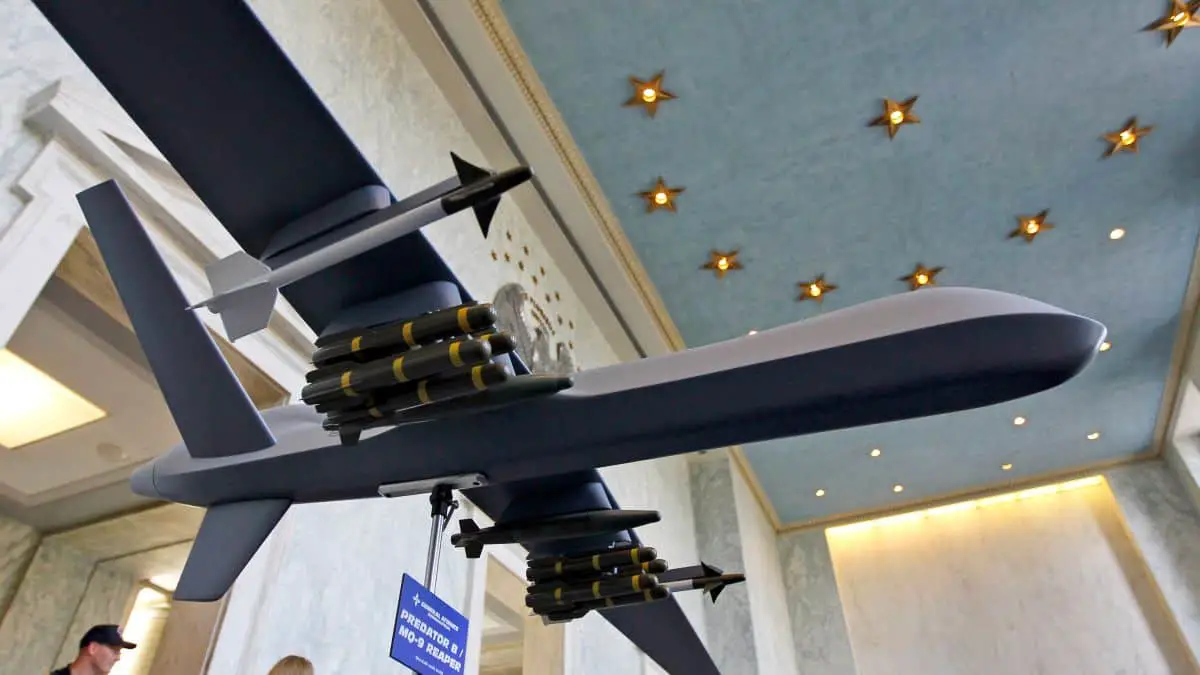
The MQ-9B SkyGuardian will enter service with the Royal Air Force as part of the Protector RG Mk1 aircraft program in 2020. The aircraft was developed by GA-ASI in accordance with NATO requirements for STANAG 4671 unmanned aircraft standards and UK Ministry of Defense standards for airworthiness.
It has a maximum takeoff weight of 5670 kg and includes nine suspension points, which can accommodate a maximum payload of 1,814 kg. It is capable of carrying combat ammunition such as GBU-12 Paveway II laser-guided bombs weighing 225 kg and / or AGM114 Hellfire missiles.
SkyGurardian operates with the GA-ASI-developed DAA detection and avoidance feature. It is capable of flying at altitudes of more than 12 kilometers at top speeds of 210 kilometers per hour and will remain in the air for more than 40 hours.
Heron TP
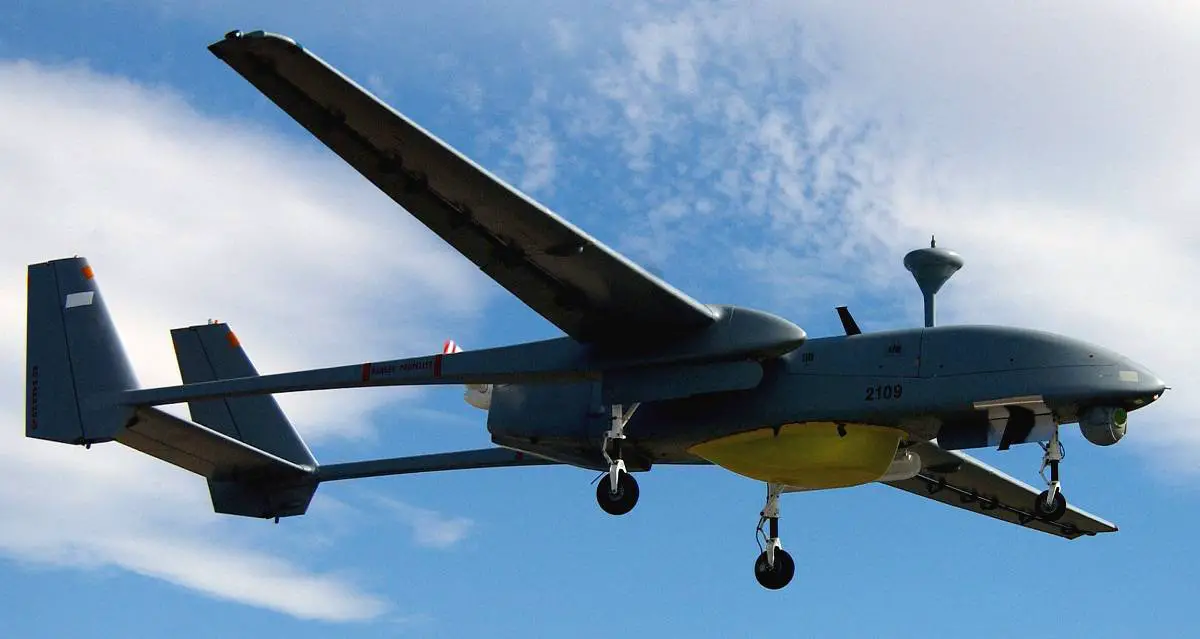
The Heron TP, also known as the Eitan, is an ATOL automatic takeoff and landing drone that is directed through a ground control station, so it has the ability to return to its bases on its own in case contact with the base is lost. The aircraft system is equipped with the ability to self-recover ALR in the event of any error and can work in all weather conditions.
Designed and developed by IAI. This combat drone has been in service with the IDF since 2005. The aircraft is capable of lifting a maximum payload of up to 2,700 kg, which includes multi-mission systems such as the synthetic aperture radar (SAR), the Global System for Mobile Communications (GSM), communication sensors, and payloads. Combat, such as guided bombs and air-to-surface missiles.
Powered by a single 1,200-hp Pratt and Whitney PT-6A engine, the aircraft can withstand more than 30 hours while flying at a top speed of 400 km. The maximum permissible take-off weight is 5670 kg.
The Predator C Avenger
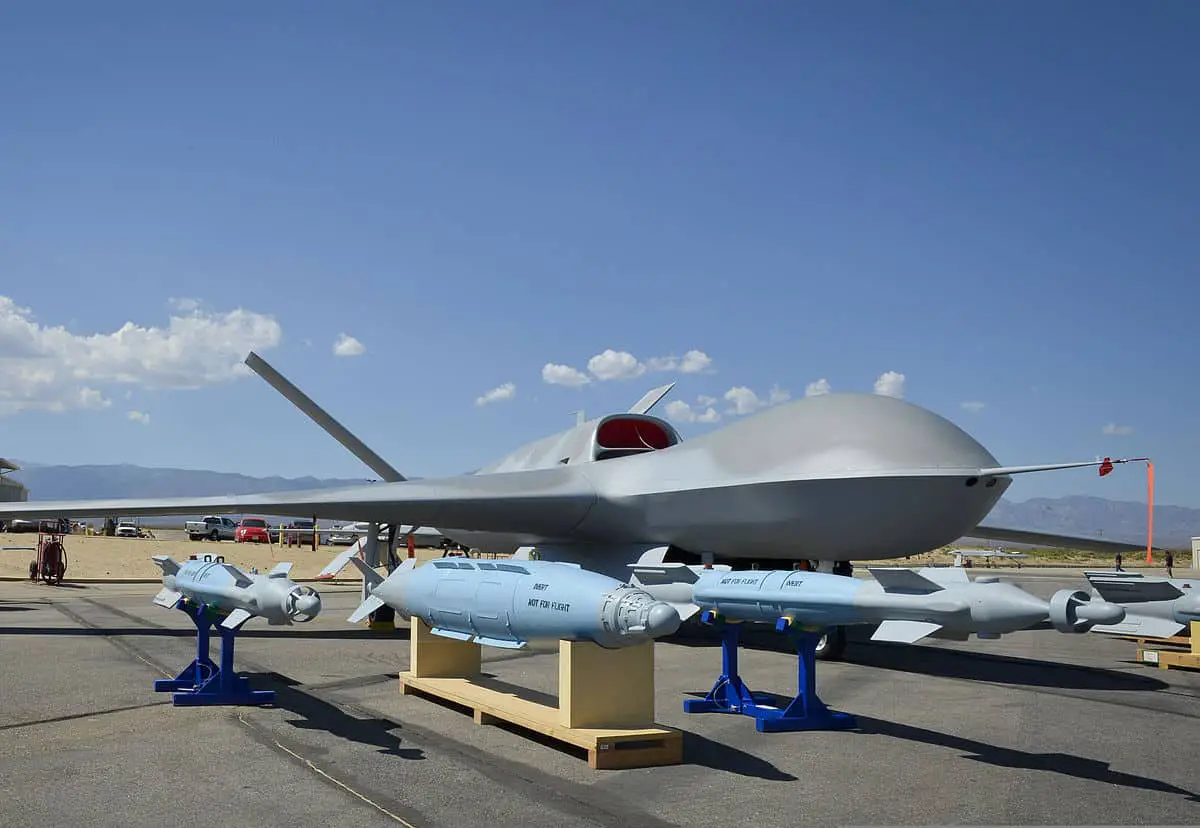
The Predator C Avenger is a remotely piloted unmanned vehicle developed by GA-ASI. The first flight of the aircraft took place in April 2009. The maximum take-off weight of this combat aircraft is 8255 kg.
This model has the ability to carry multiple sensors attached to its wings’ suspension points, while its internal weapons compartment can carry precision munitions and large sensors of up to 1,588 kg. The total payload capacity of the aircraft is 2,948 kg. Its weapons include Hellfire missiles, a laser-guided bomb unit, JDMA Joint Direct Attack Munitions, and GBU-39 and GBU-16/48 bombs.
The Predator C Avenger offers greater operating speeds and transit than the Predator B. Powered by a (Pratt and Whitney) PW545B propeller, this drone has the ability to reach altitudes of up to 15 km. It has a top speed of 400 kilometers per hour and can endure 20 hours in the air.